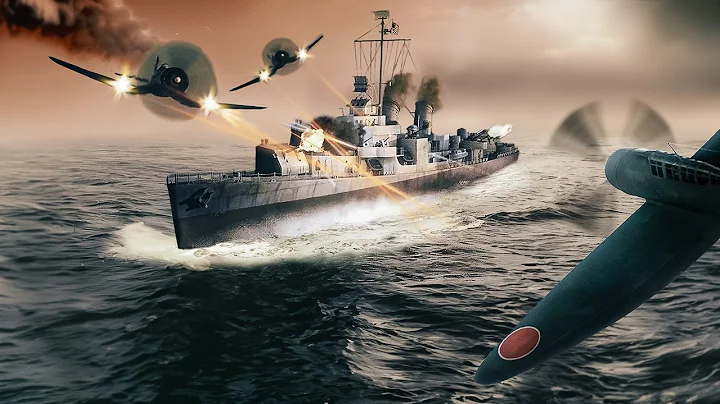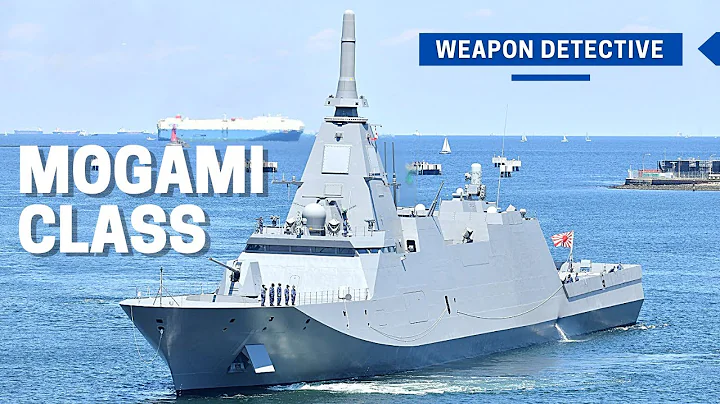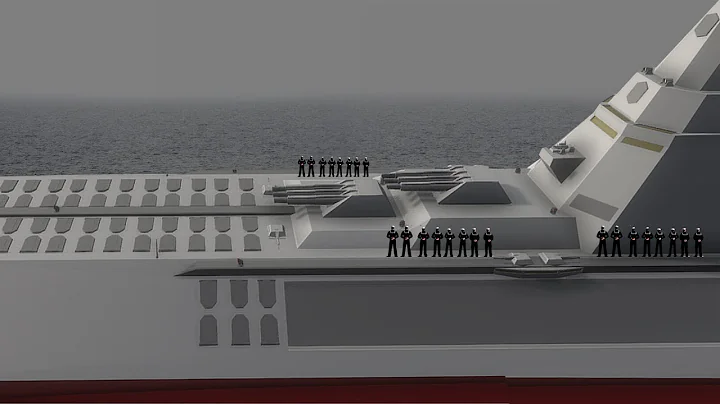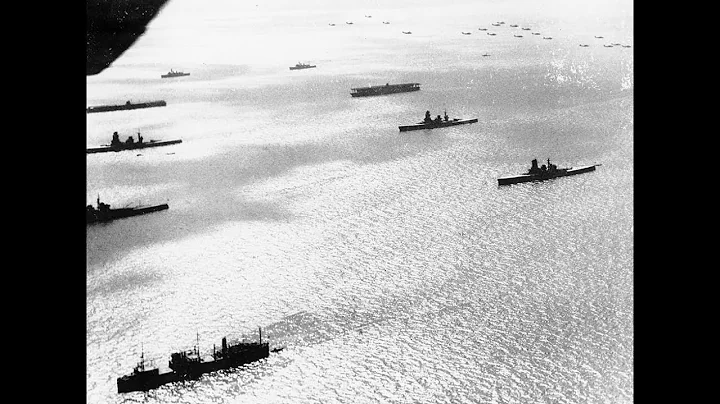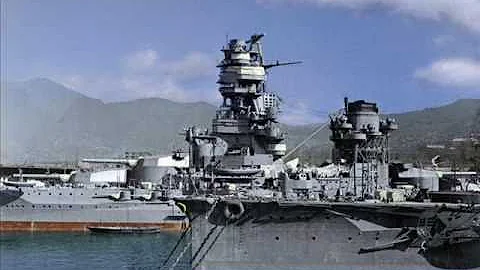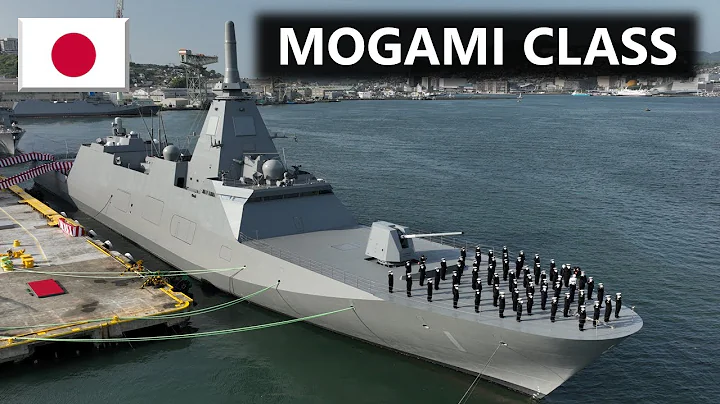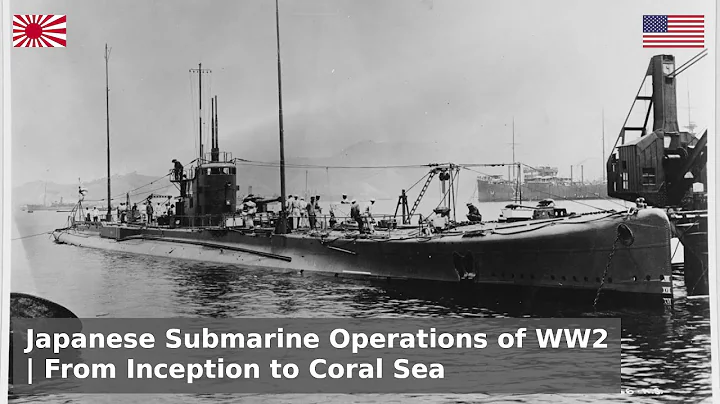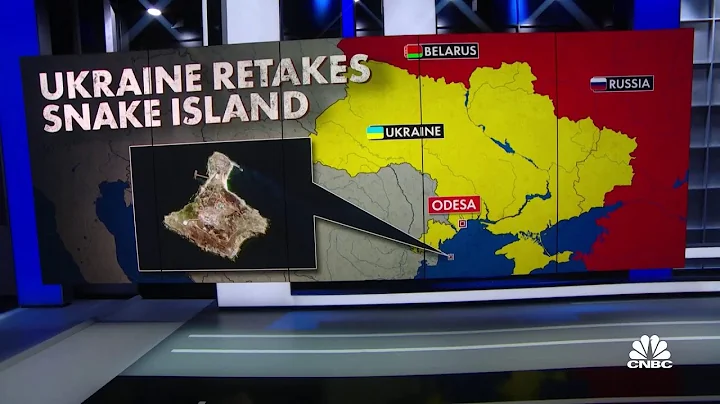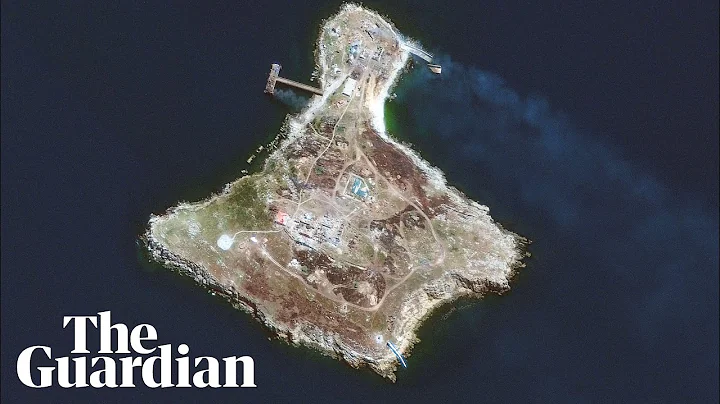Midway after Japanese Navy emergency not lacking

cover, Italian "Della Penni" class destroyer

illustration

illustration, and catalog


illustration, "Dreadnought" class hangar

illustration "Intrepid" class anti-submarine destroyer ship

Illustration, "Dreadnought" class hangar and the heart of the Ka-25 helicopter

missile, text

"San Antonio" class three-dimensional view

Naval weapons researched by Japan during the war, text
As another remedy for the loss of the Midway aircraft carrier. In February and May 1943, the Japanese army sent the battleships "Ise" and "Hyuga" (standard displacement 36,000 tons) to Kure Factory and Sasebo Shipyard respectively for major reconstruction. The two rear 356 mm twin The turret was removed and a flight deck, hangar and two catapults were installed. It was scheduled to be able to carry 22 "Ruiyun" seaplanes. The projects were completed in August and November of the same year respectively. They also retain the four 356mm twin turrets at the front and middle, with a speed of 23.5 knots, making them the world's first aviation battleship with both heavy artillery and multiple aircraft. Both the "Ise" and the "Hyuga" participated in the Battle of Leyte Gulf, and were sunk by an incoming US carrier-based aircraft in Kure Port on July 28, 1945. The battleships "Fuso" and "Yamashiro" (34,700 tons) were also planned to undergo the same modification, but it was not implemented.
The heavy cruiser "Mogami" (12,400 tons), which was severely damaged in the Battle of Midway, took advantage of the opportunity to go to the factory for overhaul. It removed the two 203mm twin turrets at the rear, laid a flight deck, and modified it to carry 11 waterborne aircraft. Reconnaissance aircraft, an aviation cruiser that can perform reconnaissance missions for aircraft carrier mobile fleets. However, due to insufficient aircraft production, not all of them have been flown. The "Mogami" was damaged by a US carrier-based aircraft during the Battle of Leite Bay and then sunk by the destroyer "Akebono" using torpedo .
The light cruiser "Dadian" (8164 tons) completed in 1943 was originally scheduled to serve as the flagship of the submarine fleet. Its rear deck will carry 6 "Ziyun" high-speed surface surveillance aircraft, a hangar and a 44-meter-long It is a powerful large-scale catapult with a powerful aerial reconnaissance capability. However, due to the failure of the development of the "Ziyun" aircraft, the rear part was modified with an ordinary Wu-type No. 2 catapult, and the aircraft it carried was also changed to a Zero-type three-seater water reconnaissance aircraft. "Oyodo" was used as the flagship of the Combined Fleet after being installed with headquarters facilities at the Yokosuka Factory in March 1944. On July 24 and 28, 1945, it was attacked and capsized by U.S. carrier-based aircraft on Etajima twice.
During the war, the Japanese army also planned to lay a flight deck and hangar on the TL. type wartime standard oil tanker , and carry patrol aircraft to be used as a secret service ship to transport oil and escort the fleet, called a special TL. ship. The Navy's special 1T1 model has a gross tonnage of 10,560 and a speed of 18.2 knots. It is planned to carry 10 "Gale" fighter jets and 12 Type 93 intermediate trainer aircraft. After the first ship was completed in 1945, it was sunk by a US air strike, and the second ship project was suspended. The Army's version is called the Special 2T1. It is a plain type and is scheduled to carry eight Type 3 command and liaison aircraft. The first ship, the "Sanshio Maru", was sunk by a U.S. aircraft shortly after its completion in 1945, and the project was suspended after the launch of the sister ship, the "Senshi Maru".
Seaplane Carrier
The two Chitose-type waterplane carriers "Chitose" and "Chiyoda" completed by the Japanese Navy in 1938 had quite complex uses. On the surface, it is an water machine and an carrier that doubles as a high-speed fuel supply ship, but in fact its main mission is to serve as a carrier ship for top-secret "A-standard" pocket special submarines, and it can also be converted into an aircraft carrier in a short time when necessary. aircraft carrier reserve ship. When completed, they had a flat-deck shape of 192.5 meters long. The speed is 29 knots, and the deck supported by the four central pillars can carry 24 water reconnaissance aircraft, which are launched by 4 catapults. When used as a pocket submarine mothership, the hull can carry 12 "A-class boats". After approaching the enemy's main ship during a naval battle, the "A-class boats" will be secretly and continuously launched from the stern of the ship to carry out surprise attacks. But in 1943, both ships were converted into aircraft carriers.
The seaplane carrier "Rui" completed in 1939 was originally built for the same purpose as the Chitose type, with a similar size and number of aircraft.Because the diesel engine power of the "Mizuho" was too small and the speed was only 17 knots, it could not be used as a "A-class submarine carrier" and was converted into an aircraft carrier. It was sunk by the USS "Guyu" submarine in May 1942.
Original plan The "Rijin", a high-speed minelayer, was completed in 1942 and turned into a seaplane carrier, carrying 12 seaplanes, 212 seaplanes and 2 catapults. It is powered by a diesel engine and has a speed of 28 knots. It can also carry 36 types of "armored ships". "Standard boat". During the war, the Japanese army used its space and lifting equipment as a heavy equipment transport. It was sunk by US planes near Bougainville Island in July 1943.

Text
As planned in 1942 The completed "Akitsusu" was the only large airship carrier in the world at that time. Its standard displacement was 4,650 tons and its speed was 19 knots. It could park a Type 2 large boat on its rear deck. The original design airship used the ramp at the stern to board the ship, but it was difficult to operate and a 30-ton large crane was used to lift it onto the ship. The construction of the other four planned ships of the same type was not started except for the "Chihaya" which was stopped shortly after the construction of "Akitsusu". After the war, it was used as a mobile base for airships as far south as Rabaul in the south and as a mobile base for airships in the north as far as the northern end of Kuril Islands. Later in the war, it was used as a transport ship for torpedo boats and "Daihatsu" landing craft on the front line. In September 1944, it was bombed by US planes. Sinking.
During the war, the Japanese Navy also requisitioned 9 merchant ships and converted them into ad hoc seaplane carriers. They carried 10 water reconnaissance aircraft and 1 catapult, with a speed of 18.5-20 knots. The remaining ships were later converted into ad hoc transport ships

illustration, interference bomb launcher

illustration, interference bomb launchers from various countries

illustration, and the destroyer "Chun Yu"
.